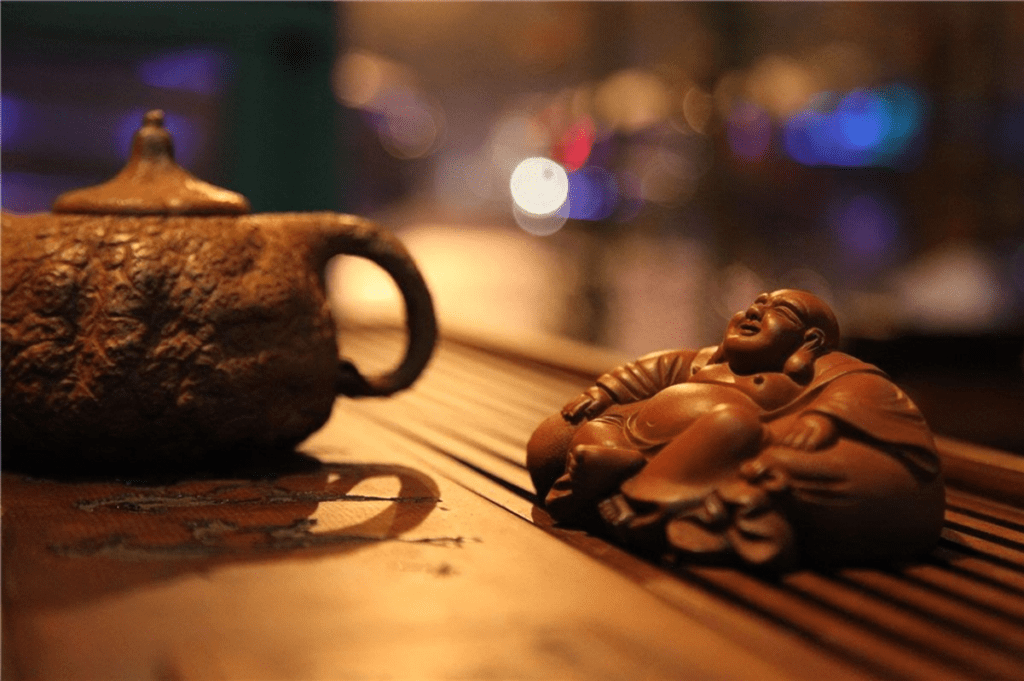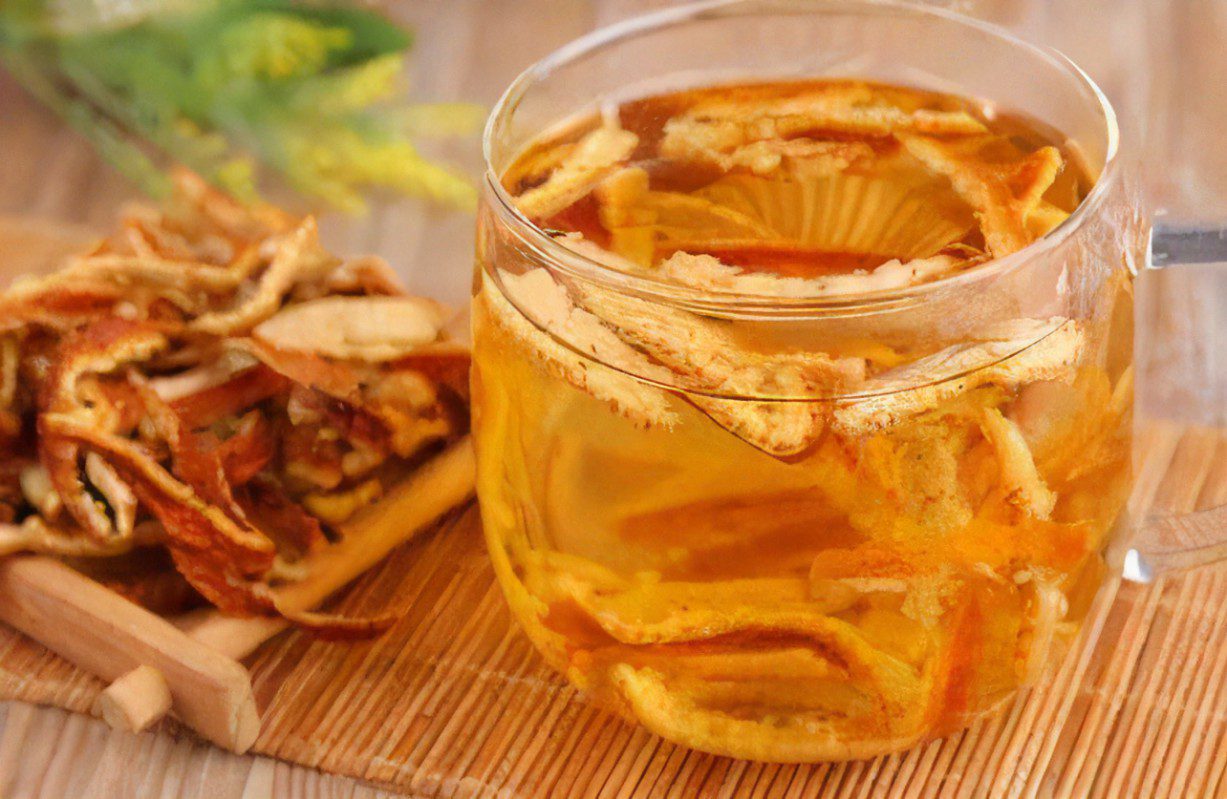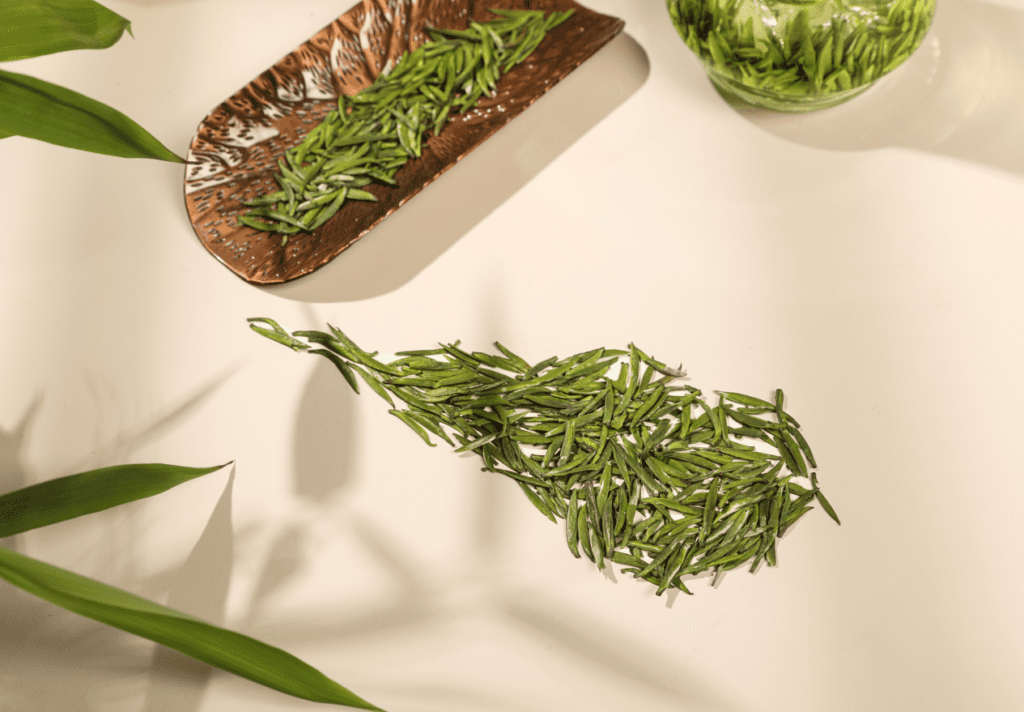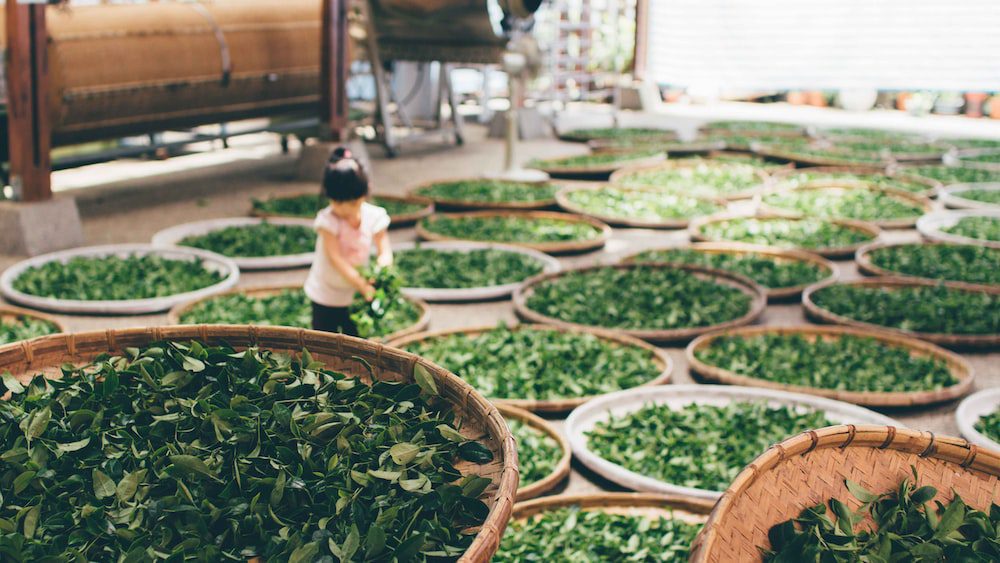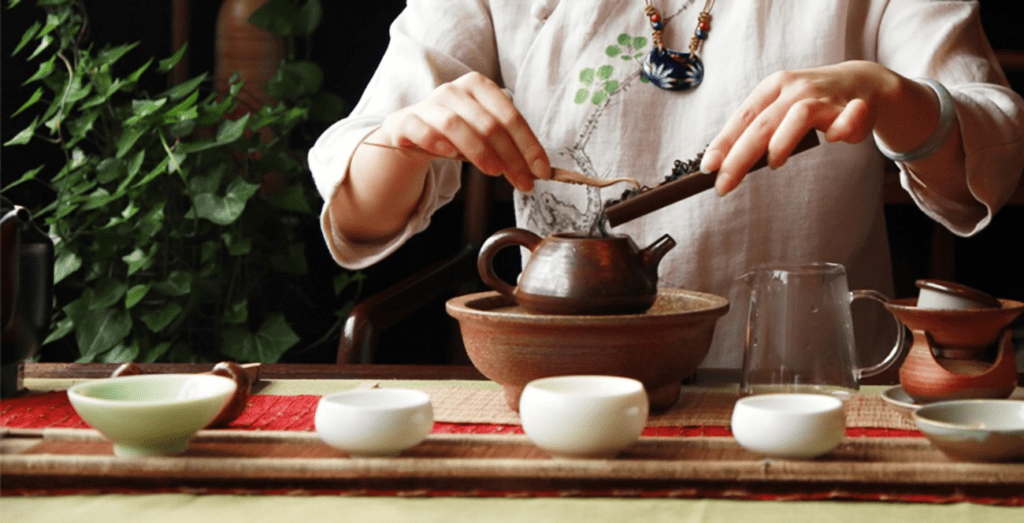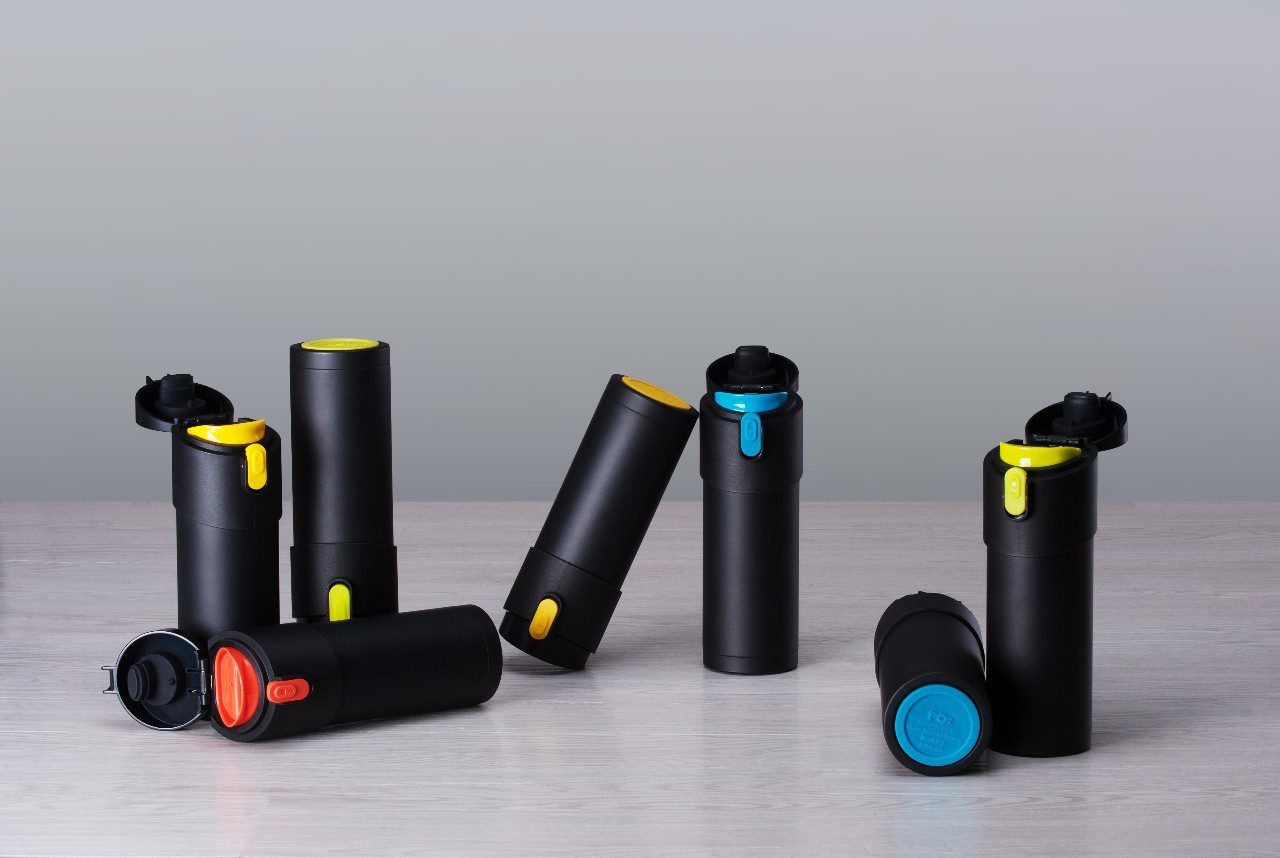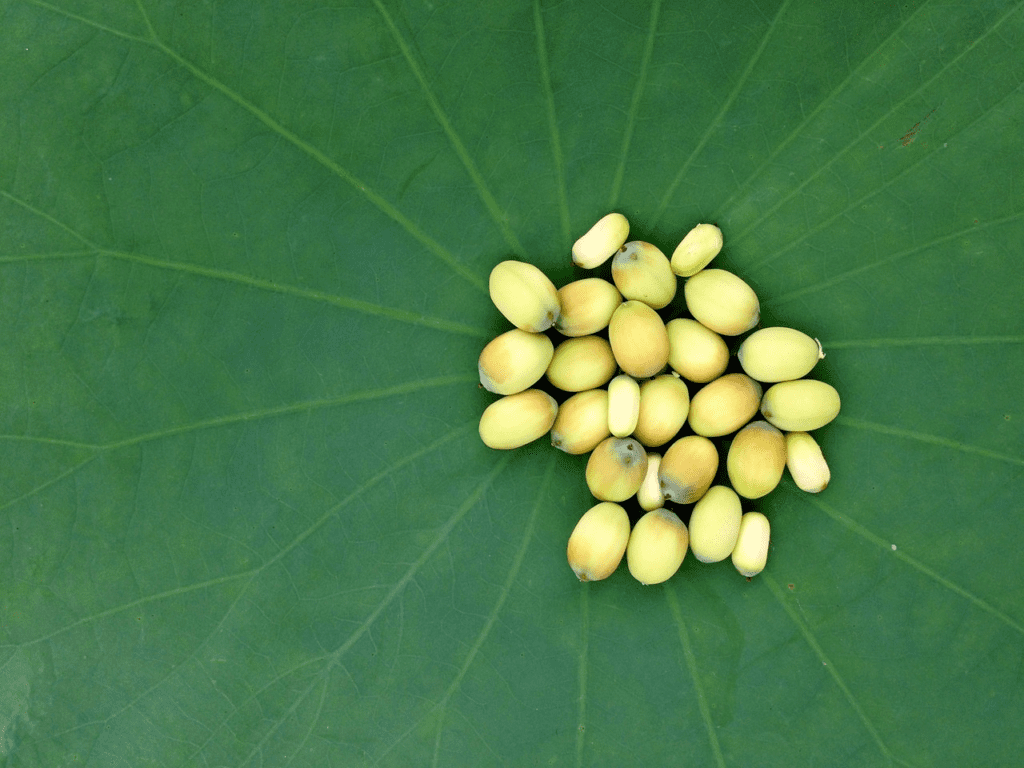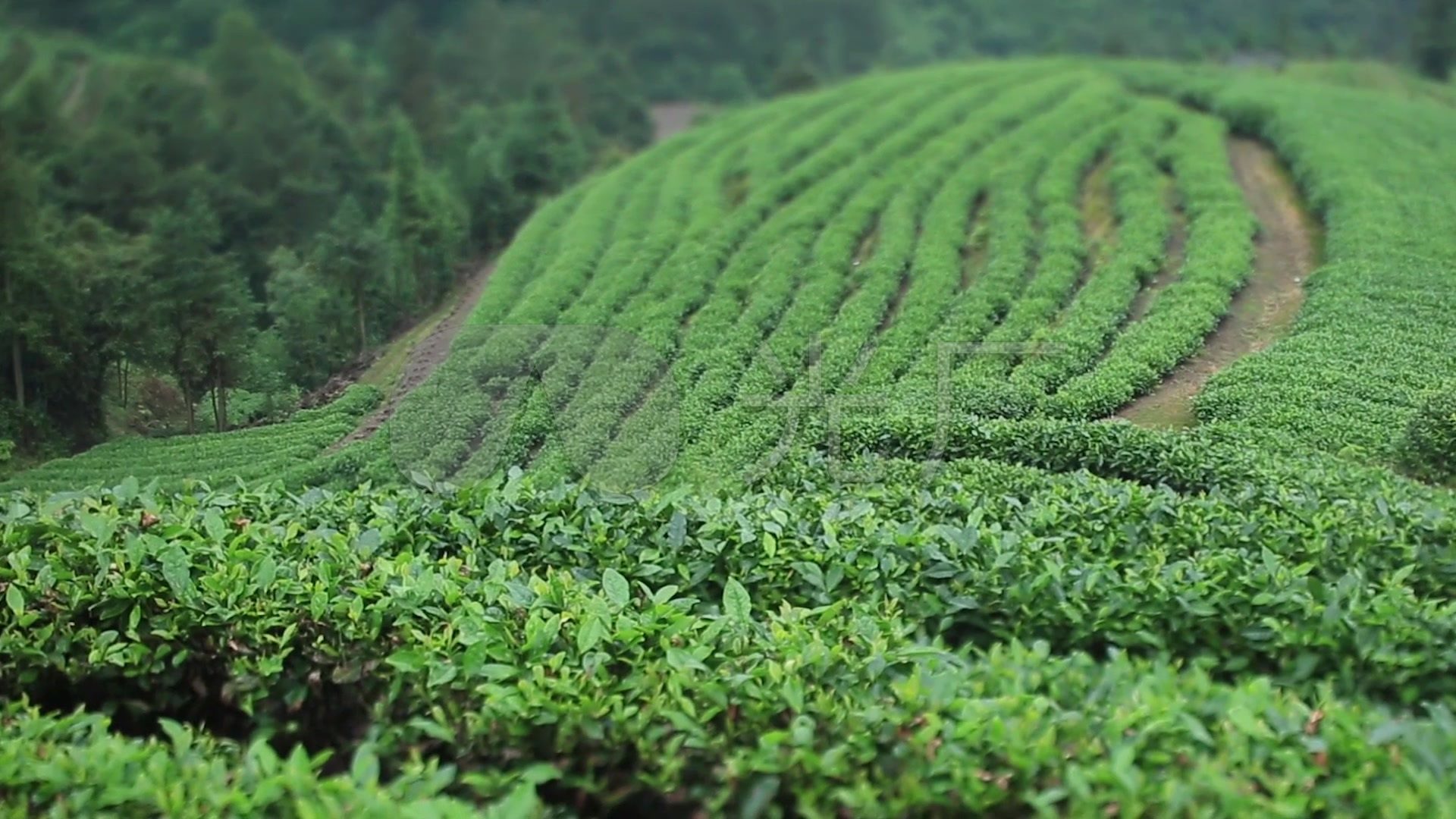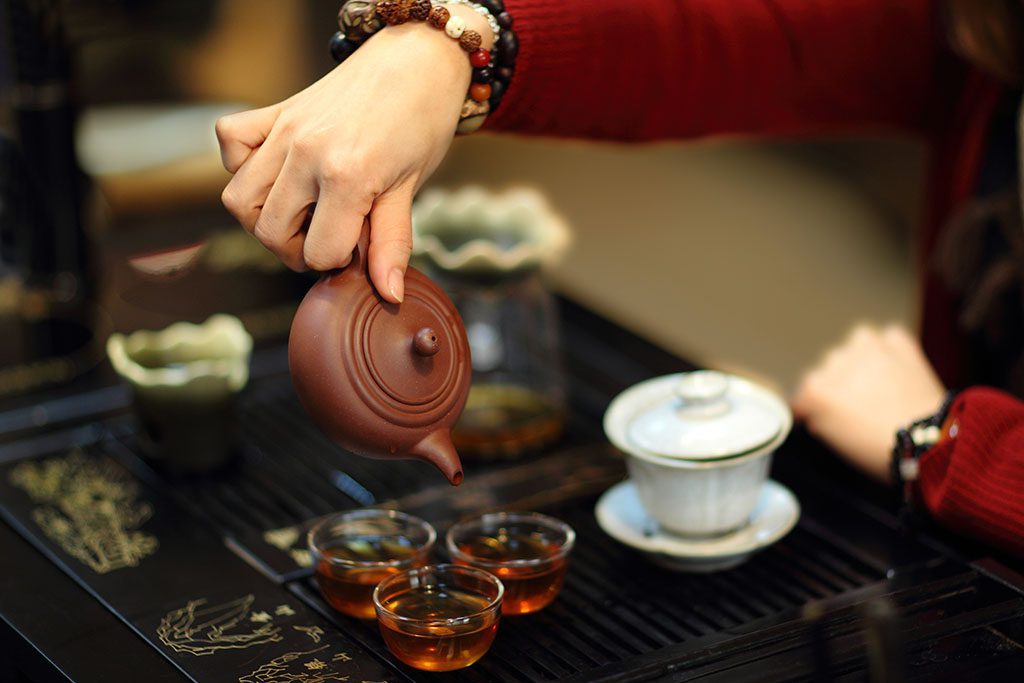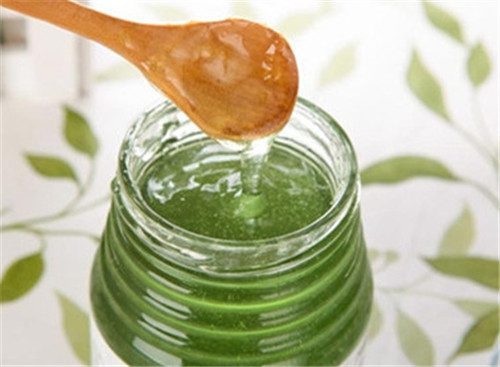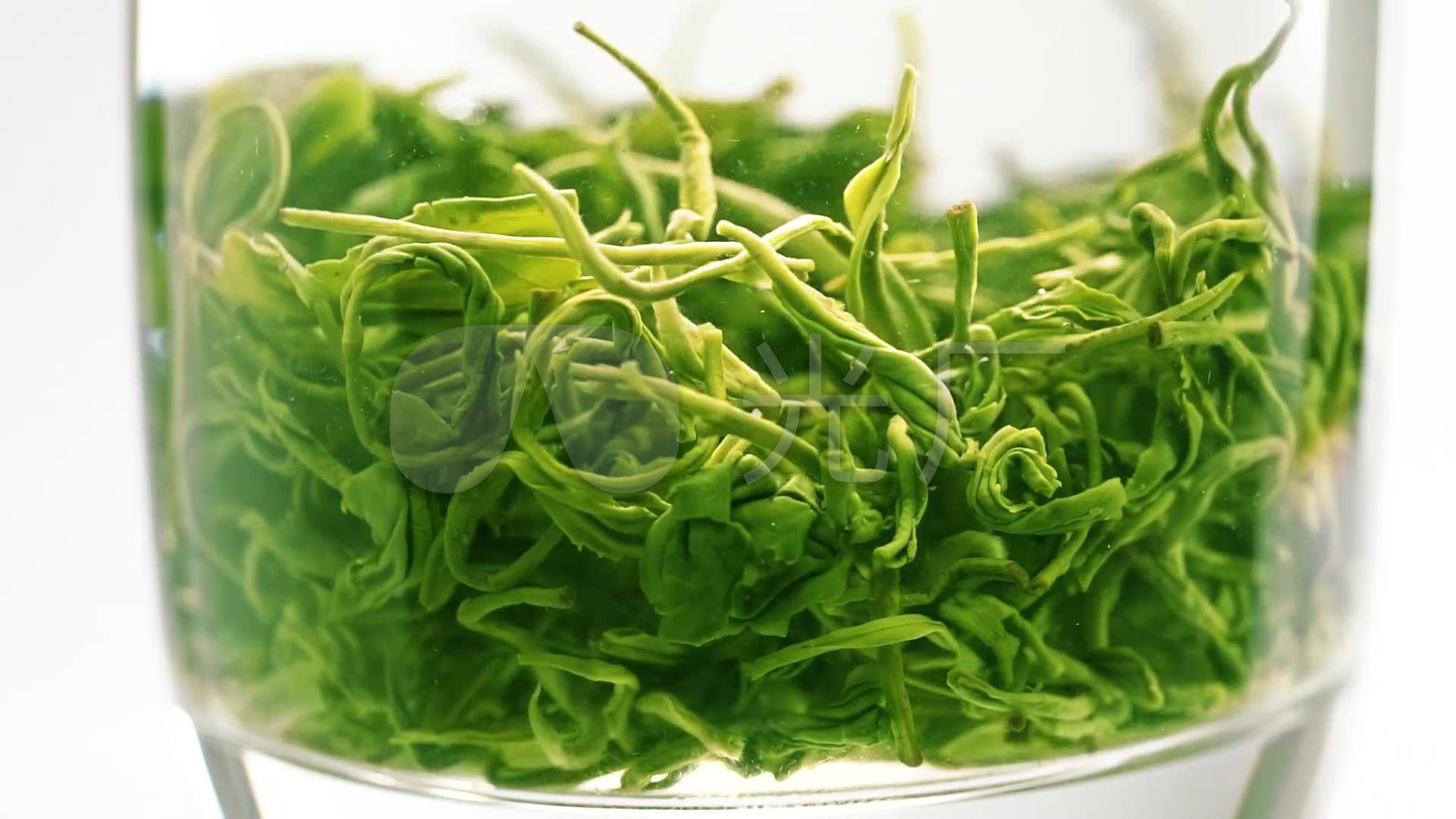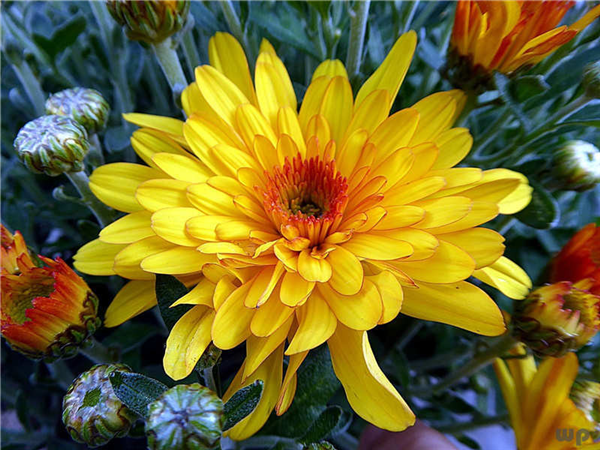The Tea Classic is a monograph on tea written by Lu Yu in the Tang Dynasty, which not only details the cultivation, production and drinking methods of tea, but also provides in-depth descriptions of the types and use of tea utensils. In this article, we will take you to learn about the types of tea utensils mentioned in The Tea Classic and their importance in tea culture.

Overview of the Tea Sutra
The Book of Tea is the world's first monograph on tea, and it provides a comprehensive introduction to all aspects of tea. Lu Yu put forward the concept of "tea ceremony" in the book, emphasizing the spirituality and cultural value of tea. The Tea Classic is divided into ten chapters, in which the introduction of tea utensils is mainly concentrated in the chapter of "The Four Vessels".
Types of Tea Ware in the Tea Sutra
According to The Book of Tea, tea utensils mainly include the following categories:
- tea boiler: Includes wind stoves and fǔ (鍑, i.e., pots for making tea), which are used to boil water and make tea.
- tea-drinker: Mainly tea bowls and teacups for holding the brewed tea.
- tea cistern: such as tea cages, tea boxes, etc., for storing tea.
- aidThese include the chaje (a tool for measuring tea leaves), the chaje (a tool for taking tea), and the chaje (a tool for adjusting the fuel in the tea publisher).
- cleaner:: Such as polyester squares (utensils for cleaning tea utensils), etc., used to keep tea utensils clean.
There are a wide variety of tea utensils mentioned in the Tea Scriptures, each with its own unique purpose and cultural connotation. These tea vessels not only reflect the ancient Chinese love of tea, but also their pursuit of quality of life.
The Cultural Significance of Tea Ware
In The Classic of Tea, Lu Yu not only introduced the types and uses of tea ware, but also emphasized the cultural significance of tea ware. He believed that the selection and use of tea vessels should match the quality of the tea, the method of brewing the tea, and the environment in which the tea is consumed. Through the careful selection and use of tea vessels, the experience of drinking tea can be enhanced and made into a spiritual enjoyment.
The Evolution of Modern Tea Ware
Over time, the materials, shapes and decorations of tea ware have changed. Modern tea ware is more diversified, with materials including ceramics, alabaster, glass, etc., and shapes and decorations are also richer. However, no matter how times have changed, the spirit of tea ware culture embodied in The Book of Tea still influences the tea drinking habits of modern people.
The tea vessels in The Tea Sutra are an important part of ancient Chinese tea culture. By understanding the types and cultural significance of these tea vessels, we can gain a deeper understanding of tea culture and enhance our tea drinking experience. Whether ancient or modern, tea ware is a bridge between man and tea, man and nature.

